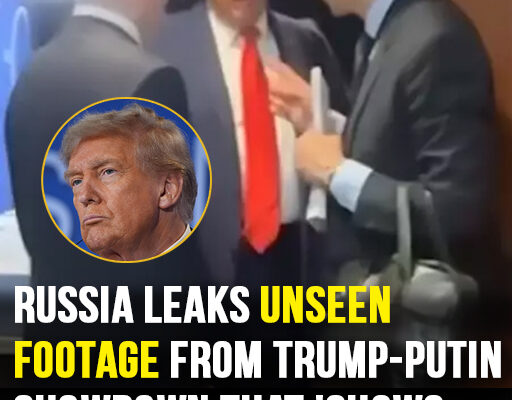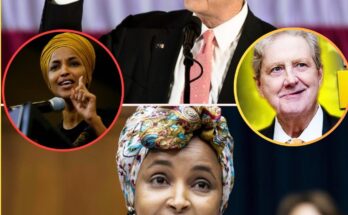The world watched as President Trump and Vladimir Putin converged in Alaska last weekend for a summit that many hoped would pave the way to peace. Trump had entered the meeting brimming with bravado—promising he would lay out an offer “too good to refuse” and warning of “very severe consequences” if terms weren’t met. Yet, despite his theatrical confidence, the talks concluded without a ceasefire, a reminder of just how elusive progress has become. Nonetheless, Trump insisted that “great progress” was made behind closed doors.
Putin, by contrast, remains steadfast in his strategy—demanding vast swaths of Ukrainian territory, stretching even into regions not under Russian control. It’s a provocation Ukraine’s President Zelenskyy, with unwavering resolve, has publicly rejected. This tense standoff underscores the deep impasse that makes diplomacy in this case so notoriously difficult.
Notably, a video clip leaked by Russian media offered a rare peek into the summit’s tenor: Trump smiling and speaking with Putin, who appears amused, while a translator stands by. Some interpreted it as friendly interaction; others were less kind. Critics accused Trump of “fawning” over Putin, while skeptics suggested the footage was playing propaganda—”a PR victory lap,” to borrow one commenter’s phrase—crafted to highlight Putin’s dominance.
Reaction has been swift and sharp. In Washington, Congressman Eric Swalwell blasted the meeting as manipulated theater, saying Trump “humiliated himself” and cast doubt on the summit’s diplomatic value. Meanwhile, commentary across Europe warned that the summit weakened transatlantic unity and emboldened Putin further.
Yet, not all responses were condemnations. Joe Hildebrand, in the Daily Telegraph, argued that Putin may have misplayed his hand—suggesting the sting of summit optics could push Trump toward a more robust Ukraine defense policy. Others, like Dalibor Rohac in the New York Post, called for a strategy of “maximum pressure” rather than negotiations that risk rewarding Russian aggression.
Amid the chaos, one glimmer of progress emerged: U.S. envoy Steve Witkoff revealed that Putin agreed in principle to allow NATO-like “Article 5” security guarantees for Ukraine—a development that could bolster Kyiv’s defense, though the details remain murky.
Despite the summit’s theatrics, Ukraine and its European backers remained steadfast: territorial concessions are non-negotiable. Presidents Macron, Merz, Starmer, and Zelenskyy himself are now converging in Washington to affirm that Ukraine must be central to any peace negotiations. European consensus remains resolute: no peace at the price of sovereignty.
As Trump prepares to meet Zelenskyy today, the shadow of the Alaska summit looms large. Its legacy may not lie in signed agreements, but in its political symbolism. Putin emerged emboldened, Trump’s posture softened, and global stability remains as fragile as ever.

